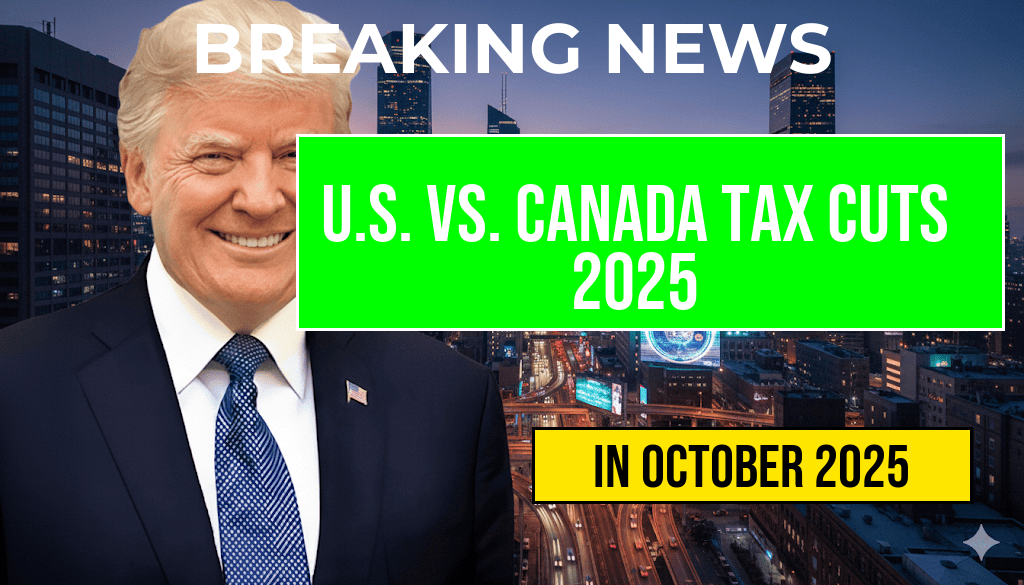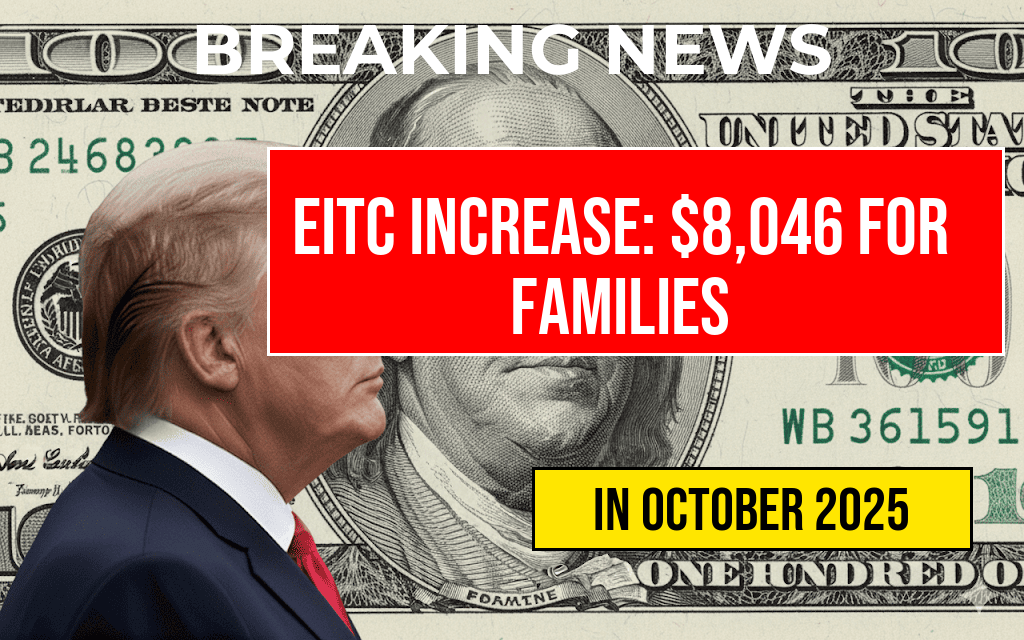As the global economic landscape evolves, tax policies across North America continue to attract scrutiny, especially as both the United States and Canada implement significant adjustments in 2025. Recent data indicates that U.S. taxpayers could see an average reduction of approximately $3,752 in their annual tax bills, whereas Canadian taxpayers might benefit from savings totaling around C$5,200. These figures reflect the latest policy reforms aimed at stimulating economic growth, addressing income inequality, and maintaining fiscal competitiveness. Despite the geographical proximity and intertwined economies, the approaches taken by Washington and Ottawa reveal contrasting philosophies in tax strategy—highlighting differences in tax brackets, deductions, and credits. This comparative analysis offers a comprehensive look at how these changes impact individual taxpayers and what they signify for broader economic strategies.
Overview of Tax Reforms in the U.S. and Canada for 2025
United States: Targeted Tax Reductions
The United States has enacted a series of tax cuts primarily aimed at middle-income earners and small businesses. The key elements include adjustments to income brackets, increased standard deductions, and targeted credits for families and education. The Internal Revenue Service (IRS) reports an average tax saving of $3,752 per filer, reflecting the cumulative effect of these measures. Notably, the expansion of the Child Tax Credit and enhancements to education-related credits are significant contributors to this reduction.
Canada: Broader Tax Relief Measures
Canada’s 2025 tax reforms focus on broad-based reductions across multiple income levels, with particular emphasis on middle-income households. The Canada Revenue Agency (CRA) has implemented lower marginal tax rates, expanded non-refundable credits, and increased personal exemption thresholds. These measures collectively amount to an average saving of C$5,200 for Canadian taxpayers, a figure that underscores the government’s emphasis on income redistribution and economic stimulus. The reforms also aim to simplify filing processes and reduce compliance burdens.
Key Differences in Approach and Impact
Tax Structure and Policy Focus
| Aspect | United States | Canada |
|---|---|---|
| Primary Focus | Middle-income relief and business incentives | |
| Tax Rate Adjustments | Incremental lowering of income brackets | |
| Credits and Deductions | Enhanced child and education credits | |
| Tax Savings (average) | $3,752 | |
| Tax Savings (average) | C$5,200 |
Economic and Social Implications
The U.S. reforms aim to bolster consumer spending and support small businesses, aligning with broader efforts to stimulate economic growth post-pandemic. Conversely, Canadian policies prioritize income equality and social welfare, reflecting a different fiscal philosophy that balances growth with social safety nets. These contrasting strategies influence not only individual financial outcomes but also shape each country’s economic trajectory and competitiveness on the international stage.
International Perspective and Future Outlook
With the U.S. and Canada maintaining close economic ties, their divergent tax strategies offer insights into different governance philosophies. The U.S. focus on targeted relief may encourage investment and consumption among specific income groups, while Canada’s broader reductions aim to create a more equitable tax environment. Analysts suggest that these policies could influence migration patterns, foreign investment decisions, and cross-border economic activity.
As both nations evaluate the efficacy of their 2025 reforms, ongoing assessments will determine whether these tax cuts achieve desired economic outcomes or necessitate further adjustments. International organizations and economic think tanks continue to monitor these developments, emphasizing the importance of adaptable fiscal policies in a rapidly changing global economy. For more insights into global tax policies, visit Wikipedia’s Tax Policy page or consult reports from Forbes.
Frequently Asked Questions
What are the main differences between the U.S. and Canadian tax cuts in 2025?
The primary difference lies in the amount of tax cuts provided, with the U.S. offering a $3,752 reduction and Canada providing C$5,200. These figures highlight the contrasting international tax policies and their potential impacts on residents and businesses.
How do the U.S. and Canadian tax cuts compare on an international scale?
On an international perspective, Canada’s tax cuts are more substantial when converted to a common currency, reflecting differing fiscal strategies and economic priorities between the two nations in 2025.
What factors influence the magnitude of tax cuts in the U.S. and Canada?
Factors include economic conditions, government budget priorities, and policy decisions. These elements shape how each country allocates resources toward tax relief for individuals and corporations in 2025.
How might these tax cuts affect residents and businesses in the U.S. and Canada?
The tax cuts are expected to provide financial relief and stimulate economic activity. Residents and businesses could experience increased disposable income and investment opportunities as a result.
Are there any significant differences in the eligibility or implementation of these tax cuts?
Yes, there may be differing eligibility criteria and implementation strategies between the U.S. and Canada, influenced by their respective tax codes and administrative processes. It’s important to review specific policies for each country to understand the full impact.








